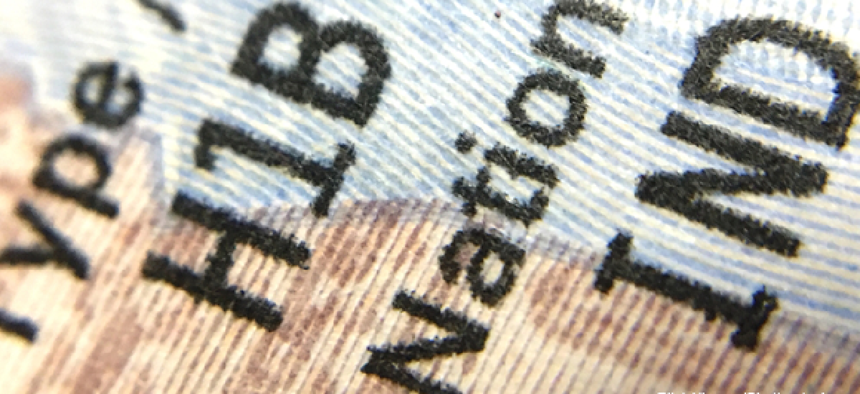As H-2B expands, the data is 'far from adequate'


Connecting state and local government leaders
The Trump administration has increased the number of temporary visas to help cover seasonal demand for workers, but the data driving that decision could also use some temporary help.
The Trump administration has increased the number of temporary H-2B nonimmigrant worker visas from 66,000 to 81,000 to help cover demand for seasonal workers. But decisions on the number of visas issued to a variety of classes of foreign workers is based on data that could also use temporary help, one expert argues.
Daniel Costa, director of immigration law and policy research at the Economic Policy Institute, told GCN by e-mail that the data collected by the Labor Department regarding H-2B visas -- information on occupations, wages, work locations, etc. -- is in many ways "quite good." But the data comes from employers' initial applications and labor certifications for H-2B jobs and not from the actual visas or workers who ultimately entered the United States.
“DHS has the data on approved petitions (the next step in the H-2B process) but the[y] have poor record-keeping,” Costa said. "They don’t electronically store the work locations or the wages -- even though they collect it on paper forms -- and they use antiquated and much broader occupational codes that make it difficult to know exactly which jobs the data reflect.”
The Government Accountability Office released a report in 2015 that highlighted some of the issues surrounding H-2B data and found that "DHS does not electronically maintain standardized data on workers’ occupations, so information on occupations held is not fully known."
DHS does not electronically record the “standardized occupational information” for approved workers. It is found only in the paperwork from employers. So, when reporting to Congress, DHS provides Department of Labor data that does include this information.
“These data, however, do not reflect the number of workers who are ultimately approved by DHS to work in these occupations,” GAO wrote. This Labor Department data is based on the number of visa workers that employers applied for, not the number they were approved for. “As a result, they generally provide an overestimate of the number of workers that may ultimately be approved in various occupations.”
“The current record-keeping practices are far from adequate,” EIP wrote in a report issued in March about estimates of the number of foreign workers by visa classification.
Similar issues exist in other visa programs, such as the H1-B program used to bring technology workers to the U.S.
Because occupation codes differ between the Labor Department and U.S. Customs and Immigration Services, it's “really impossible to compare [H1-B jobs] with the jobs that U.S. workers are doing," Costa told Computerworld in a March interview. And while the H-1B petition form that employers file asks for gender, it’s not information that can be gathered from USCIS because it collects information on paper forms.
As a result of these poor data collection practices, there is no detailed understanding of the size, scope and economic impact of employed nonimmigrants. Additionally, lack of information can make it difficult to adequately assist and protect workers, prevent abuse, uncover lawbreaking and prosecute abusers.
To improve data quality, the EPI recommended electronic visa data collection; standardizing categories and classification codes across visa classifications, including on work locations and occupational categories; and regularly publishing nonimmigrant visa data “by visa classification, including population estimates, and data on the employers, occupations, work locations, and wages of temporary foreign workers.”
Kathleen Hickey contributed to this report.
NEXT STORY: 4 steps to agile success




